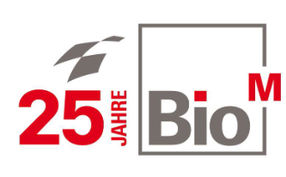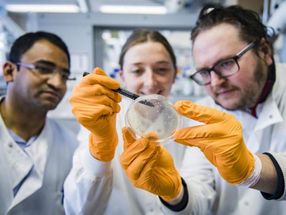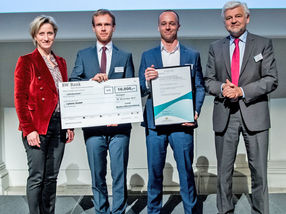Merck Awarded Canadian CRISPR Nickase Patent for Foundational Genome-Editing Technology
Merck announced that the Canadian Patent Office has allowed Merck’s patent application directed to the use of paired CRISPR nickases in eukaryotic cells. The patent provides an important and more specific solution for scientists who need accurate methods when developing treatments for difficult-to-treat diseases that ultimately reach the patient.
“This patent allowance marks another advancement in safety for CRISPR-enabled therapeutics, as it covers technology that improves CRISPR’s ability to fix diseased genes while not affecting healthy ones,” said Udit Batra, member of the Merck Executive Board and CEO, Life Science. “Merck has been at the forefront of genome-editing innovation for 15 years and this allowance further expands our foundational CRISPR cutting and integration intellectual property to help scientists advance gene therapy research.”
This Canadian patent marks Merck’s second in Canada and the 13th worldwide. Similar patents were granted in Australia and Europe in late 2018. This latest patent covers paired nickases, which drive specificity through a highly flexible and efficient approach to reduce off-target effects.
Paired nickases are two CRISPR nickases targeted to a common gene target that work together by nicking or cleaving opposite strands of a chromosomal sequence to create a double-stranded break. This process can include an exogenous or donor sequence for insertion in the same manner as Merck’s CRISPR integration technology. The requirement of two CRISPR binding events greatly reduces the chances of off-target cutting at other locations in the genome.
Merck’s CRISPR integration patent portfolio includes granted patents in Australia, Canada, China, Europe, Israel, Singapore and South Korea. These CRISPR patents are for chromosomal integration or cutting of the sequence of eukaryotic cells and insertion of a DNA sequence, to make a desired genomic change.
Merck is licensing its entire patent portfolio for all fields of use.
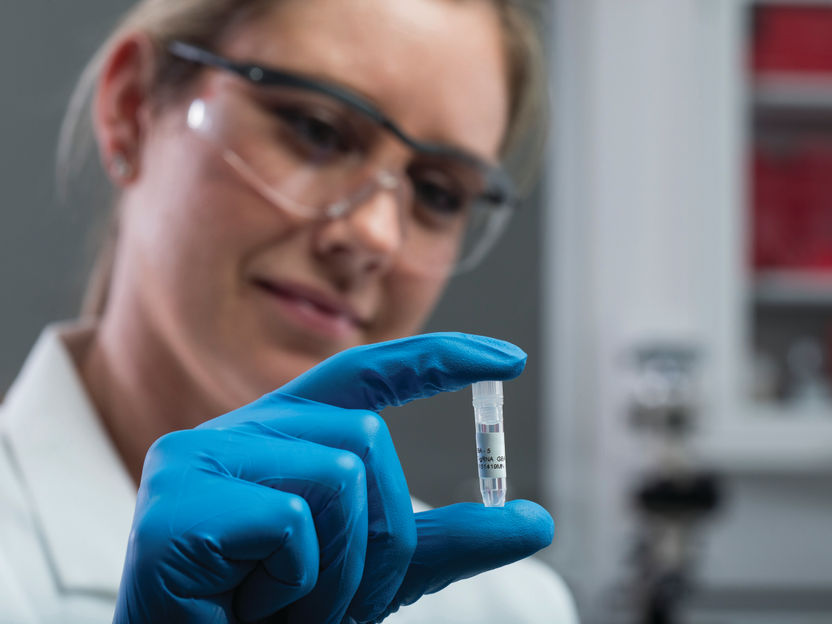
Merck KGaA
Most read news
Other news from the department politics & laws

Get the life science industry in your inbox
By submitting this form you agree that LUMITOS AG will send you the newsletter(s) selected above by email. Your data will not be passed on to third parties. Your data will be stored and processed in accordance with our data protection regulations. LUMITOS may contact you by email for the purpose of advertising or market and opinion surveys. You can revoke your consent at any time without giving reasons to LUMITOS AG, Ernst-Augustin-Str. 2, 12489 Berlin, Germany or by e-mail at revoke@lumitos.com with effect for the future. In addition, each email contains a link to unsubscribe from the corresponding newsletter.
Most read news
More news from our other portals
Last viewed contents
List_of_long-living_organisms
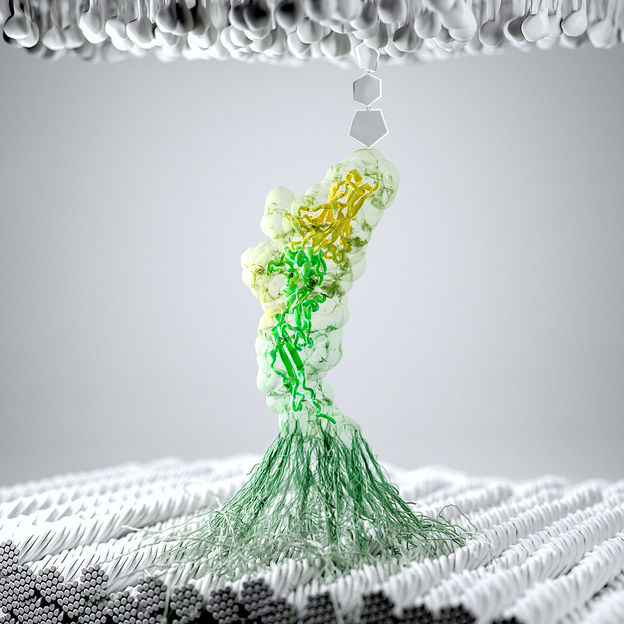
How bacteria adhere to fiber in the gut - Two binding modes allow bacteria to stick to surfaces under flow
American_College_of_Zoological_Medicine

Agilent Technologies Inc. - Santa Clara, USA






